How to choose skates when you are a speed-skating beginner?
It is often the logical follow-up: after having had a go at fitness skating, lots of skaters turn towards speed skating, attracted by the feelings of speed and gliding... but the choice of the skates is often tricky and it is not that easy to go from high-cut to low-cut skates. Tips...
Par alfathor
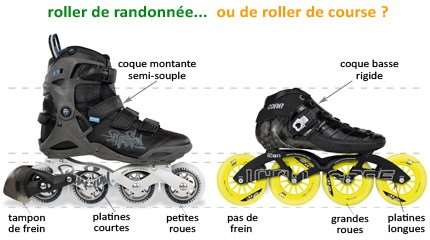
From a Sedan to a Racing car
For the love of gliding, you are always in pursuit of more and more performant skates with a better efficiency. Very often, fitness skaters let themselves be tempted by speed skates, just like the amateur cyclist will not resist a carbon bike. While a cyclist will still manage to cycle on a carbon model (even if they lose in comfort), in skating you cannot get away with it that easily. You have to change your carpet slipper fitness skates for the Spartan comfort of high-end speed skates.
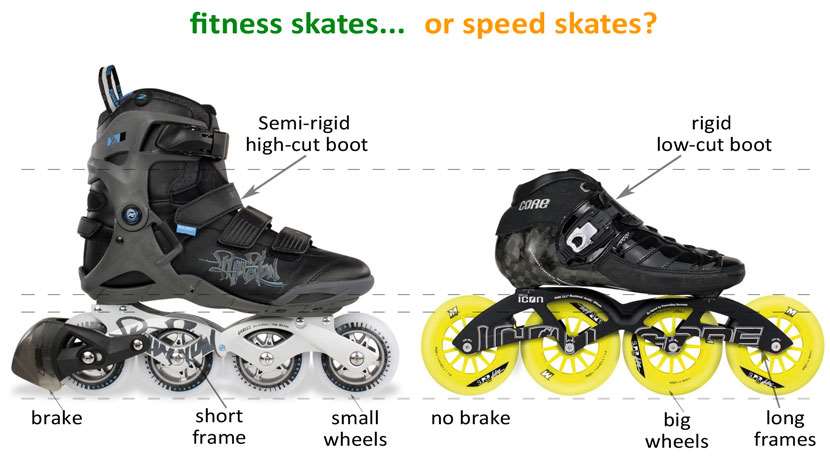
What are the differences between a fitness skate and a speed skate? What does it change as for skating?
There are a lot of design differences between a fitness skate and a speed skate.
Boot
It is quite obvious at first sight: the boot of the fitness skates goes higher! It goes around the whole ankle and up to the shin, which conveys a good support and a lot of control on the skate.
On a speed skating boot, the cut is lower and hardly goes up to the malleolus, so that the foot is more free in its movements but the support is reduced to the strict minimum, and you should have muscled and tonic ankles in order to control your skates.
As for the comfort, it is quite different too. It is the same difference as that between the seats of a Sedan and the bucket-seat of a Formula 1. The fitness skate is equipped with a thick and soft padding while the speed skate only has a thin layer of padding separating the foot from the carbon. The comfort is quite Spartan.
Why? Because a thick liner like that of a fitness skate disperses the strength of the push during skating, whereas in a speed skate, the energy is directly transmitted to the boot, the frame and the ground.
In order to get into more details, the materials they are made of should also be compared: a fitness skate has a rather flexible and tolerant boot made of plastic, completed with a leg made of mesh, which is a breathable fabric, or of synthetic leather. On a speed skate, the boot is made of composite materials: glass fiber, carbon fiber, resin… it is more rigid and lighter.
Diameter and development of skate wheels
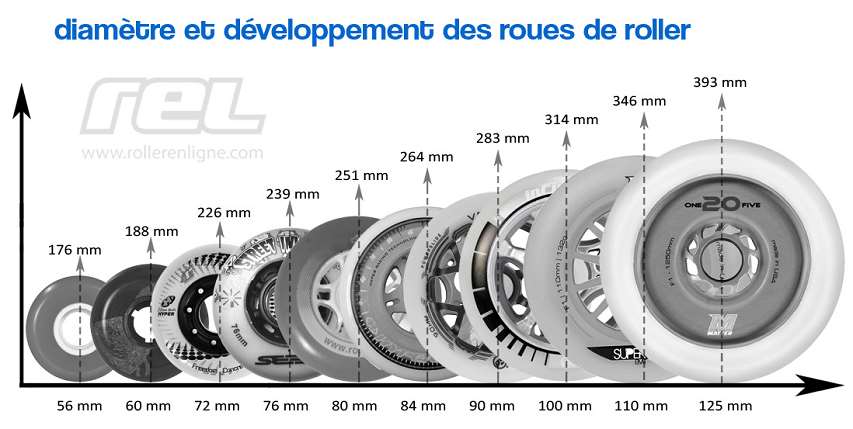
Frame
Here again, the differences are huge: most of the time the frames of fitness skates are of mid-length and rather flexible in order to smooth the flaws of the road. On speed skates, the frames are longer in order to welcome wheels with bigger diameters, and more rigid in order to optimally transmit the strength of the push. Then, they are also higher and you are less stable on them.
The design of the frames itself is quite different too most of the time: on fitness skates they will be more likely stamped and in two parts, whereas on speed skates they are cast in one piece and extruded in aluminum, or even made of carbon for more lightness and rigidity!
Wheels
The difference of diameter is obvious. A fitness skate will have wheels varying from around 80 to 100mm… whereas in speed skating you may go up to 110mm! It is useless to say that the inertia is bigger and that you can go faster. You are also perched higher and, once again, you are less stable.
Another important detail: the hardness of the wheels. In fitness, wheels are rather smooth in order to remain comfortable and offer a good grip (78 to 84A on most models). In speed, wheels are harder in order to improve the performance (85 to 87A).
And what about bearings?
Contrary to what one may think, there is but little difference between bearings on mid-range fitness skates and bearings on high-end speed skates. The difference of efficiency will be rather small.
What type of speed skates to choose in order to make a successful transition?
In order not to be totally disoriented, you should opt for a skate half-way between all the mentioned characteristics…
Choose a boot that is slightly high-cut
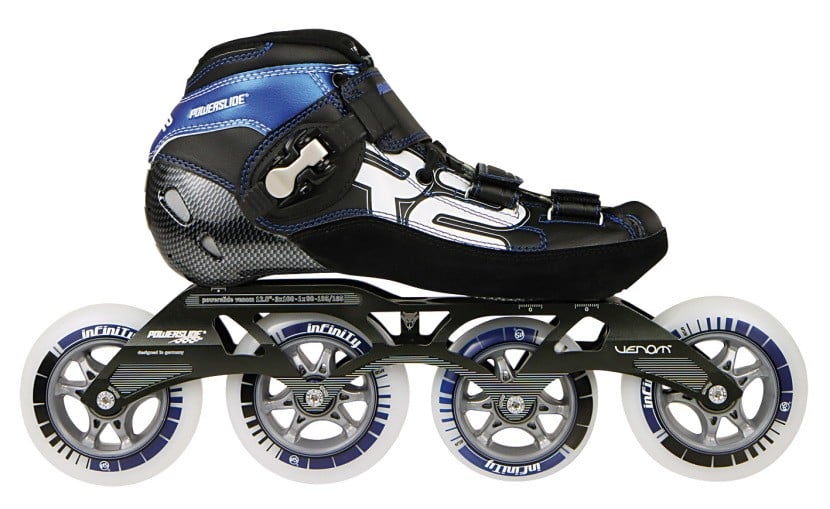 When you leave the support of a fitness skate, your ankles need time to strengthen and get more tonicity. Changing for a low-cut boot would be a mistake because you would not be precise enough and would not have control on your skates yet.
When you leave the support of a fitness skate, your ankles need time to strengthen and get more tonicity. Changing for a low-cut boot would be a mistake because you would not be precise enough and would not have control on your skates yet.
Moreover, starting directly with too low carbon models will hurt your ankles: carbon boots do not forgive technical mistakes.
We advise you to go toward a model with a composite boot that goes up to the malleolus without sacrificing comfort (too much).
Frames and wheels
Do not go for too big too soon. Do not rush to wheels with too big diameters because they only make the skate set-up higher and solicit the ankles. And let’s not forget that the bigger the diameter, the harder to push the skate because of the inertia of the wheels.
Several options:
- Opting for a model of frame with 4 wheels of 100m for a few months (even a year according to your ease)
- Choosing a model of frame welcoming up to 110m wheels right away and putting 100mm wheels at first in order to adapt yourself, and why not going through intermediary sizes (104mm or 105mm then 110mm)
- Or having a 3*110mm + 1*100mm model. You can set it up in 100/100/90/100 at first, in 104/104/94/104 afterwards, and then in 110/110/100/110 once you have the hang of things.
Several models suitable for a successful transition
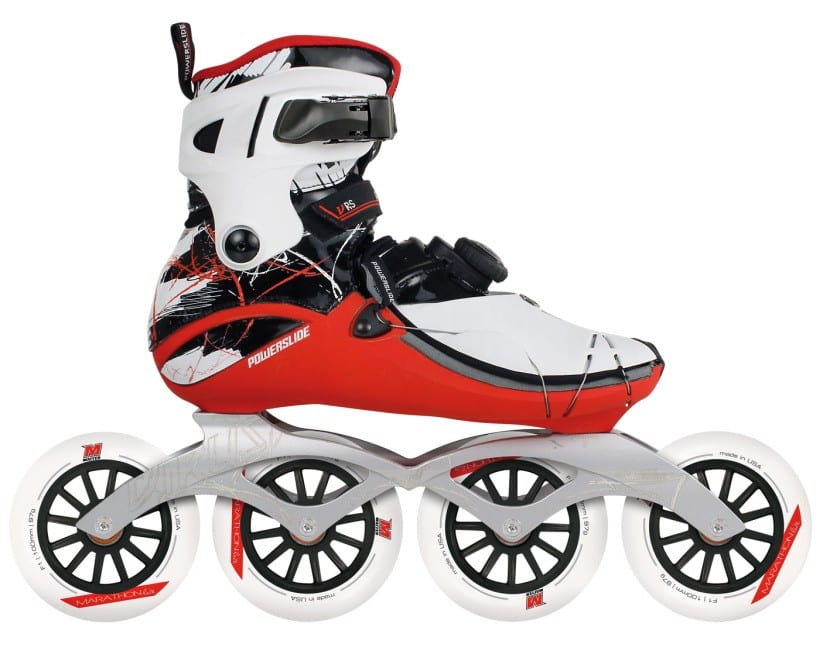 Powerslide and Bont seem to be the only brands of the market to offer models suitable for skaters transitioning from fitness to speed skating…
Powerslide and Bont seem to be the only brands of the market to offer models suitable for skaters transitioning from fitness to speed skating…
The Powerslide Virus SL, a newcomer that may seduce its public
That skate is available since April 2012. It has the advantage of being equipped of a removable cuff. You can take it off once you feel better at ease with big diameters. That model has a magnesium frame for 4 wheels up to 110mm. Its composite boot mixing nylon and fiber remains quite flexible and comfortable.
The Powerslides R2 and R4
They are safe bets in the Powerslide range, very appreciated by long-distance skaters. Their boot is quite high-cut and is made of glass fiber. It has a good support and remains quite comfortable. The 3*100 and 1*90 configuration leaves time to get used to big diameters.
The Powerslide C8
In the same vein as the R2 and R4, the C8 has a rather high-cut boot that will reassure even the most hesitant skaters.
On the other hand, it is equipped with a 4*110mm frame right away and is thus not within every skater’s reach. Advised for tall and powerful skaters…
The Bont Cheetah
This low-range model with a glass fiber boot is affordable with a price around 300€. The comfort is reasonable, the leg goes quite high, and you will get sensations very close to those of a real speed skate without ruining yourself.
The Bont Semi-Race
Just as its name shows, this skate is an excellent transition between fitness and speed skating. It is very popular in long distance. You may criticize its lack of comfort and the stiffness of the boot, but the support is excellent. You can thermoform it if needed…
It gives feelings very close to those of speed skates too.
To conclude: be humble and take time to improve together with your equipment!
You will not be able to control a high-end skate right away and you will not get any pleasure skating:let’s not forget that pleasure is the main driving force of the practice of skating…
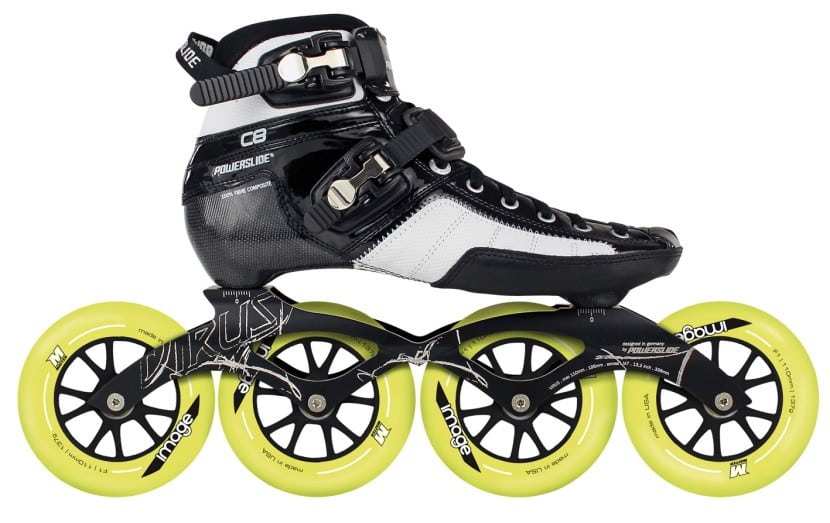 |
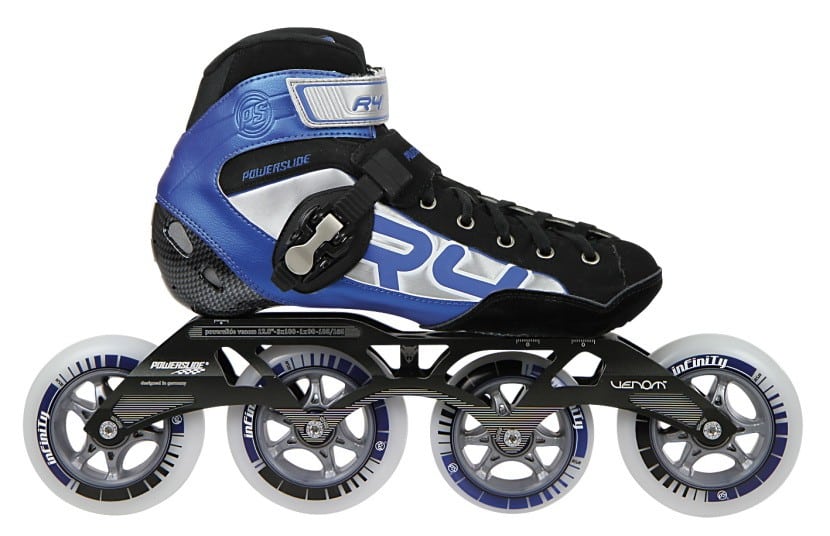 |
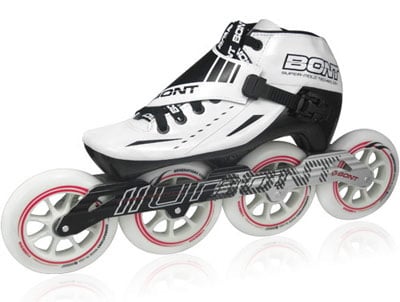 |
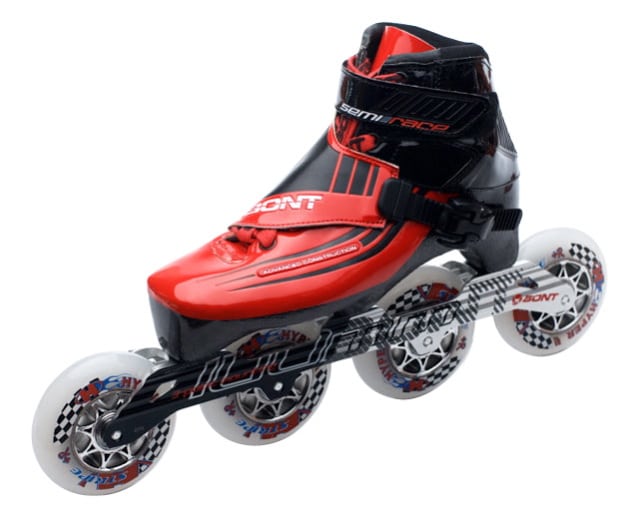 |
Useful Links
Technical description of the Powerslide R2 2012
Technical description of the Powerslide C8 2012
Technical description of the Powerslide Virus SL 2012
Technical description of the Powerslide R4 2012
Technical description of the Bont Cheetah
Technical description of the Bont Semi-race
Translated by Close Yr E’s
Photos: Alfathor

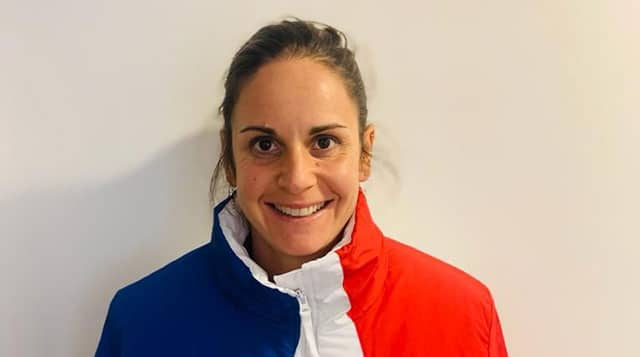


WannaFly
29 octobre 2013 at 18 h 19 minfaith
19 juillet 2013 at 7 h 47 minbinion225
9 mars 2013 at 5 h 56 min